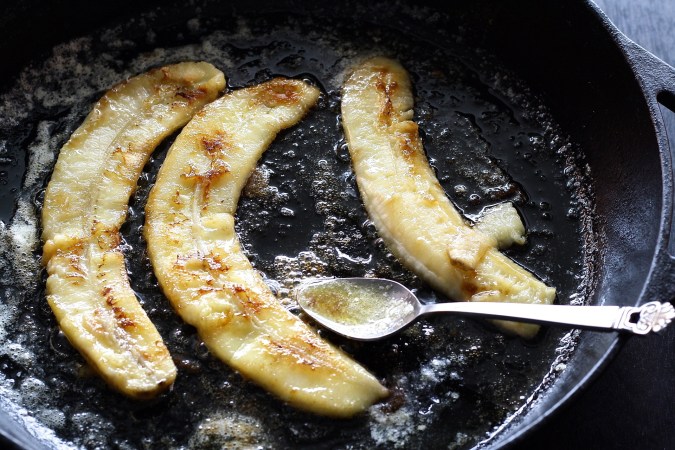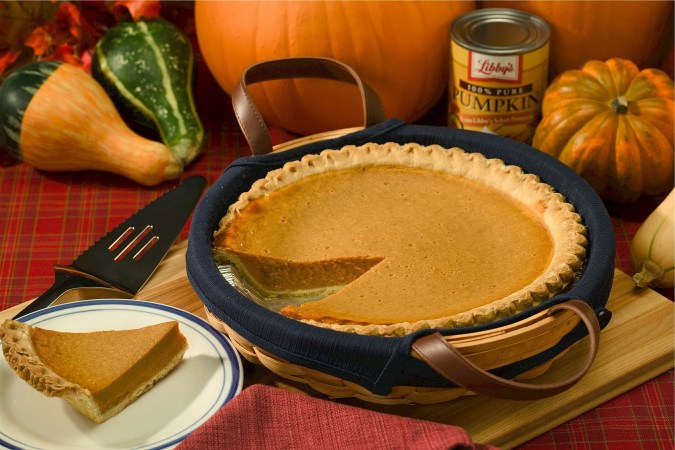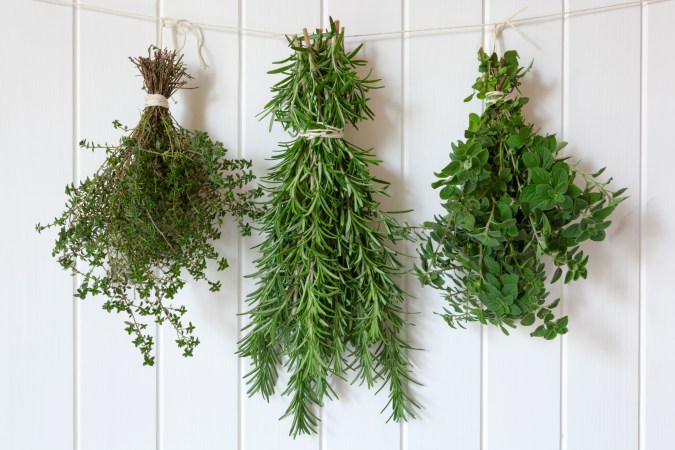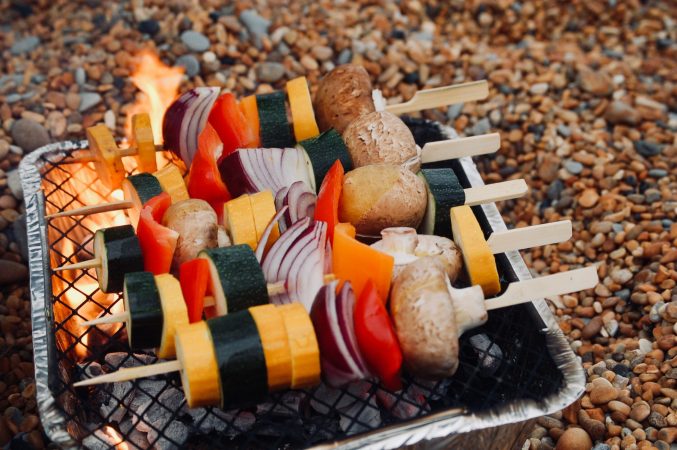

Sadly, because humans are not like alligators and eat several times a day, we inevitably spend a lot of our waking hours cooking meals.
One way to spend less time in the kitchen is by meal prepping, which at its core is making all or part of a meal in advance so that it’s easier and faster to cook when you need it.
There are different approaches you can take—from making one or two recipes at a time to making everything you’ll eat for a month at once. It can be as simple or as elaborate as you want it to be.
Meal prepping 101
Before you get started with meal prepping, there are a few things that you’ll need.
Somewhere to store your food
A freezer is your best option. Set at or below zero degrees Fahrenheit to inactivate any bacteria, mold, or yeast and prevent it from spoiling your food. According to Julie Garden-Robinson, professor of nutrition and food safety at North Dakota State University, freezing is one of the best ways to preserve food, helping it keep more of the original color, flavor, texture, and nutrients.
[Related: The best way to freeze fresh meat]
Like many meal preppers, I have a dedicated freezer at home, but your refrigerator freezer will work fine as long as you manage the space. If you don’t have and don’t want to get a freezer, then storing the extra food in your fridge works, too—you just need to make sure you eat it before it goes bad.
On that same note, always make sure to safely defrost food by thawing it in the refrigerator, in cold water, or in the microwave rather than just leaving it out on the counter where bacteria can grow.
Food-safe packaging
You’ll need to make sure that your packaging is food-safe and freezer-safe. My wife and I find that gallon-sized freezer bags work fantastic, as do freezer-safe food containers. We also invested in a vacuum sealer system, which optimizes space, but also keeps food fresh while frozen by removing the air that can lead to freezer burn.
For smaller-use items, like diced jalapenos or garlic, we’ll actually freeze them in ice cube trays, creating individual portions to pop out of the freezer and directly into the pan.
Label your prepped meals and ingredients
Frozen foods are sometimes hard to identify in the package. I can’t tell you how many times I’ve lost a game of “is this spaghetti sauce or chili?” This is why it’s crucial to label each and every container you put in your freezer.
But don’t just write down what the food is—make sure to include the date it was frozen so you can eat the oldest foods first. If you want to keep things even more organized, you can also keep an inventory of what you have so that you don’t need to dig through your freezer once a week to remember. A list on your fridge door or a spreadsheet you can access on your phone can come in handy.
Double cook freezer-friendly meals
The most straightforward meal prep is to make two of the same dishes at the same time and freeze one of them, which is what I do most often. The goal is always to save yourself the most labor-intensive parts of cooking in the future, so your second meal doesn’t require much beyond thawing.
Usually, doubling the volume of a recipe only requires a little extra time and a few more ingredients, but you don’t have to limit yourself—you can make as many batches as your prepper heart desires. Just keep in mind that the more meals you get out of it, the more ingredients you’ll need and the longer it’ll take you to prepare.
An easy meal to double-up is meatloaf. Most of the work in this recipe is mixing everything together and forming the loaf into the pan, so it’s just a matter of mixing up four pounds of meat instead of three and making two loaves instead of one. The only real extra time is chopping some extra veggies.
Freeze the second meatloaf raw in a heat-proof baking dish lined with parchment paper (you can skip the sauce since it’s easy to make and better fresh). When you want meatloaf again, mix up the sauce, pour it over the frozen loaf, let the pan come up to room temperature, and pop it in the oven at 350 degrees Fahrenheit for 45 to 60 minutes. The easiest meal you’ll ever make.
It’s also a great idea to double batch chili and spaghetti sauce, which you can fully cook before freezing in rigid plastic containers. When you need them, you can defrost them in the microwave or, as I prefer, in a pot on the stove.
Finally, for meals that require lots of measured ingredients, you can double batch the spice or make sauce packets. For recipes like butter chicken and Asian lettuce wraps, for example, it can take up to fifteen minutes just to peel and dice the garlic, shred the ginger, and measure out the various other spices and liquids. If you have the packets already made, you can thaw them and dump them in with the meat and veggies while they cook. If you use a multi-cooker, you can even just walk away until it’s ready.
Other meals that we commonly double or triple up on are:
- Enchilada casserole
- Taquitos
- Homemade bagels
- Breakfast sandwiches
- Lasagna
Prep common ingredients or tasks
Another strategy is to focus on batching out ingredients and common tasks rather than specific meals. Chopping vegetables, for example, is one of the most time-consuming parts of most meals. But once you’re doing it, adding a few carrots and onions is not a big deal. My wife and I will dedicate a few hours on Sunday afternoon to doing all of our cutting for the week at once while watching football.
You can make this even more efficient by using a food processor or blender—you’ll get a lot done and you’ll only have to set up and clean the machine once.
[Related: Best food processor: Chop your way to easy meal prep]
You can also do this with meat. If you’re having tacos and spaghetti in the same week, for example, you can brown several pounds of ground turkey or beef, and season it appropriately when you need to warm it up. Similarly, you can grill a couple of pounds of chicken breast that you can eat as is, chop to use later on a chicken salad, or shred to add to chicken in tacos.
The benefit of this method is that you’re impacting more meals, and you don’t necessarily need freezer space to do it because you’re only storing portions of chopped veggies, browned meat, or spices for a few days. However, it does require some advance planning and setting aside time that you wouldn’t otherwise use for cooking.
Batching out time-consuming tasks for the whole week can make each night’s cooking a lot easier to face. With a little bit of planning, you can take some of the pressure off and still have a delicious home-cooked meal.















